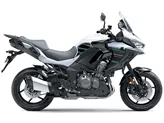Honda CBF 1000 F 2010 vs. Kawasaki Z1000SX 2014
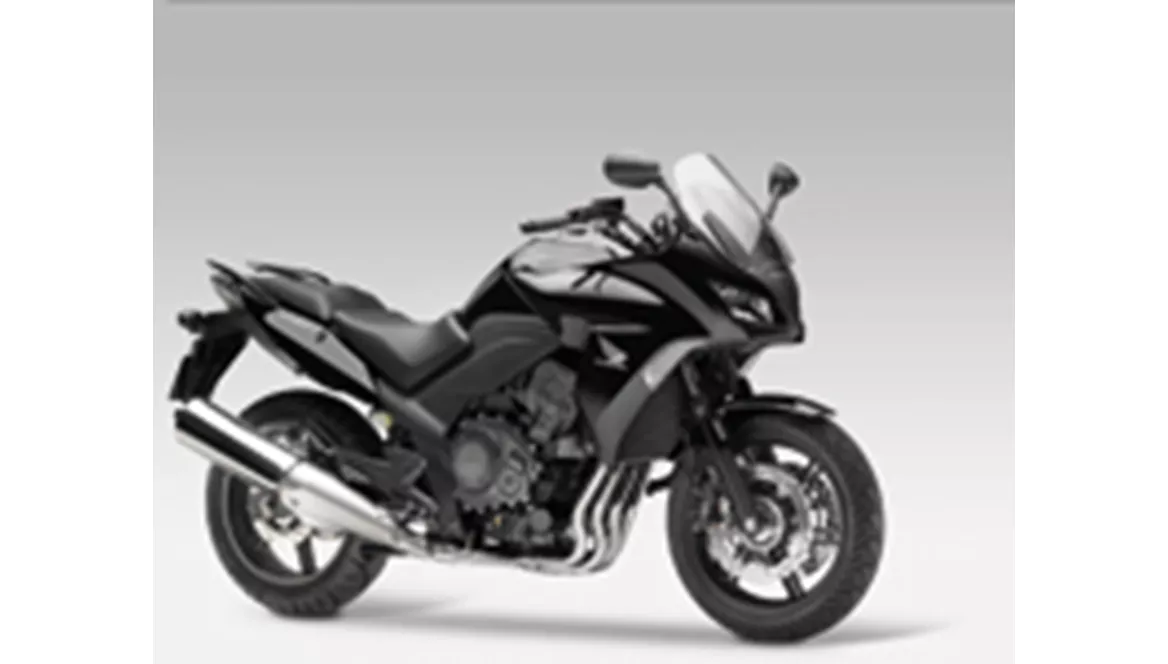
Honda CBF 1000 F 2010

Kawasaki Z1000SX 2014
Overview - Honda CBF 1000 F 2010 vs Kawasaki Z1000SX 2014
The Honda CBF 1000 F model year 2010 and the Kawasaki Z1000SX model year 2014 are both sport touring motorcycles that offer a combination of sporty performance and touring capabilities. However, there are some notable differences between the two models.
In terms of engine performance, the Kawasaki Z1000SX has a clear advantage. It is equipped with a more powerful engine, producing 142 HP compared to the Honda CBF 1000 F's 107 HP. The Kawasaki also offers higher torque at 111 Nm, compared to the Honda's 96 Nm. This means that the Kawasaki will likely provide a more exhilarating and responsive riding experience, especially at higher speeds.
Both motorcycles feature an inline engine configuration, which is known for its smooth power delivery and efficiency. They also have a 4-stroke engine and utilize a chain transmission system. These similarities ensure that both bikes offer reliable and efficient performance.
In terms of braking, both motorcycles have double disk brakes at the front, providing strong stopping power. This ensures that both bikes can handle sudden stops and emergency situations effectively.
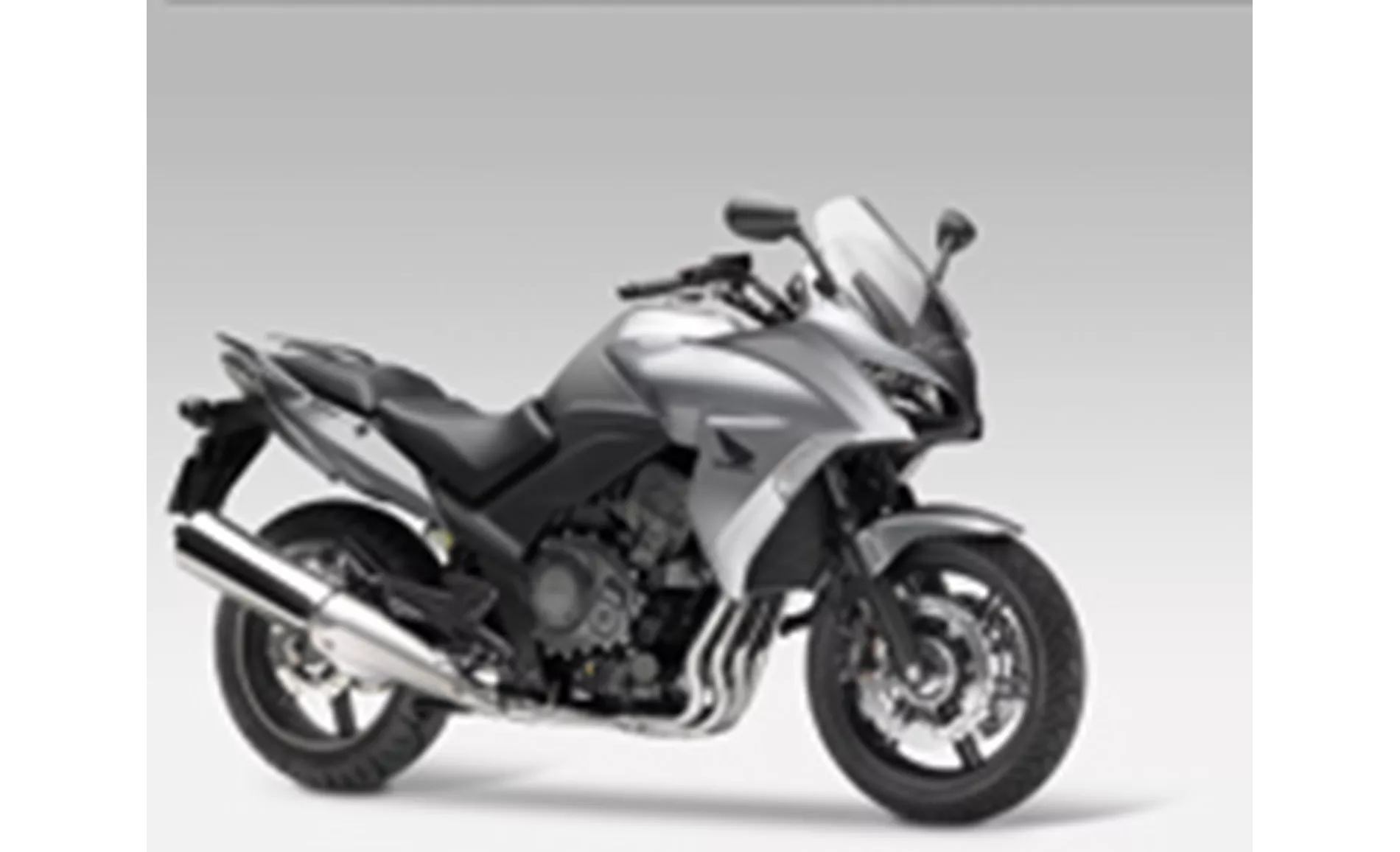
Honda CBF 1000 F 2010
When it comes to dimensions and weights, there are some differences between the two models. The Honda CBF 1000 F has a slightly longer wheelbase at 1495 mm, compared to the Kawasaki Z1000SX's 1445 mm. This may result in slightly different handling characteristics, with the Honda potentially offering more stability at high speeds. The seat height is also slightly lower on the Honda at 795 mm, compared to the Kawasaki's 822 mm. This may make the Honda more accessible to riders of shorter stature.
In terms of tire dimensions, both motorcycles have a front tire width of 120 mm and a front tire diameter of 17 inches. However, the Kawasaki has a wider rear tire at 190 mm, compared to the Honda's 160 mm. This wider rear tire may provide the Kawasaki with better traction and stability, especially during aggressive cornering.
In terms of weight, the Honda CBF 1000 F is slightly heavier with a kerb weight of 245 kg, compared to the Kawasaki Z1000SX's 231 kg. This may make the Honda slightly less maneuverable at lower speeds, but the weight difference is not significant enough to have a major impact on overall performance.
Both motorcycles have a fuel tank capacity of around 19-20 liters, which is sufficient for long-distance riding without frequent refueling.
In terms of strengths, the Honda CBF 1000 F is known for its reliability, uncomplicated handling, and above-average all-round qualities. It is also praised for its long-distance capability and powerful engine. Additionally, the Honda CBF 1000 F is equipped with Combined ABS, providing enhanced braking performance and safety.
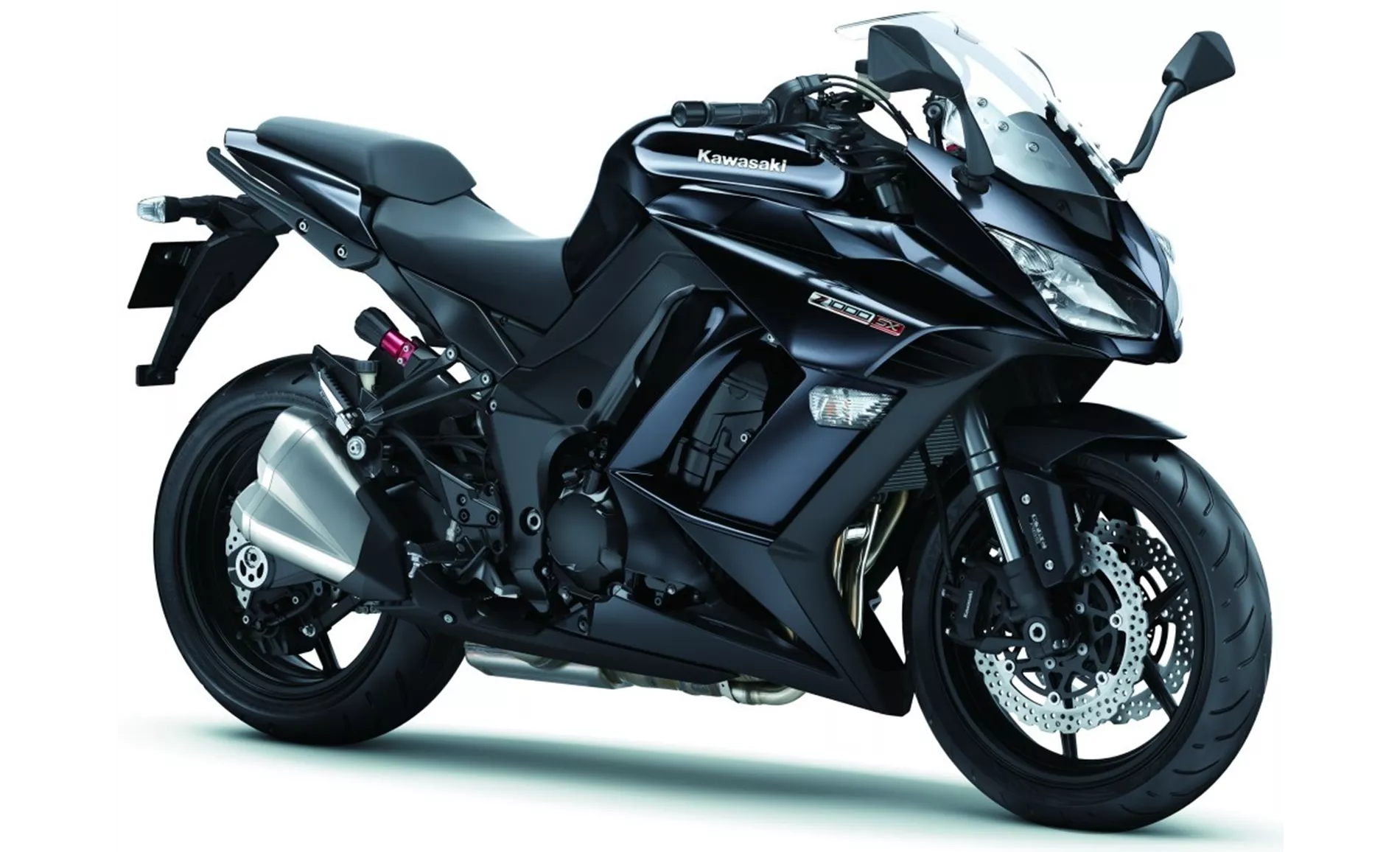
Kawasaki Z1000SX 2014
On the other hand, the Kawasaki Z1000SX is known for its confident and powerful engine, as well as its fairing that is suitable for touring. It offers a sporty layout and good traction control, making it a versatile option for riders who enjoy both spirited riding and long-distance touring. The Kawasaki also features a well-integrated pannier system, providing convenient storage options for luggage.
In terms of weaknesses, the Honda CBF 1000 F is criticized for its relatively high dry weight, which may impact maneuverability at lower speeds. Additionally, some riders find the Honda's design to be less individualistic compared to other models in its class.
The Kawasaki Z1000SX has been noted to have unconventional handling in tight corners, which may require some adjustment for riders who are used to more traditional sport touring motorcycles. Some riders also find that the windshield could be higher to provide better wind protection at higher speeds.
In conclusion, both the Honda CBF 1000 F 2010 and the Kawasaki Z1000SX 2014 offer a combination of sporty performance and touring capabilities. The Kawasaki has a more powerful engine and a wider rear tire, providing enhanced performance and stability. However, the Honda is known for its reliability and all-round qualities, as well as its Combined ABS system. Ultimately, the choice between the two models will depend on the rider's preferences and priorities.
Technical Specifications Honda CBF 1000 F 2010 compared to Kawasaki Z1000SX 2014
Pros and Cons in comparison
Pros and Cons in comparison
Honda CBF 1000 F 2010
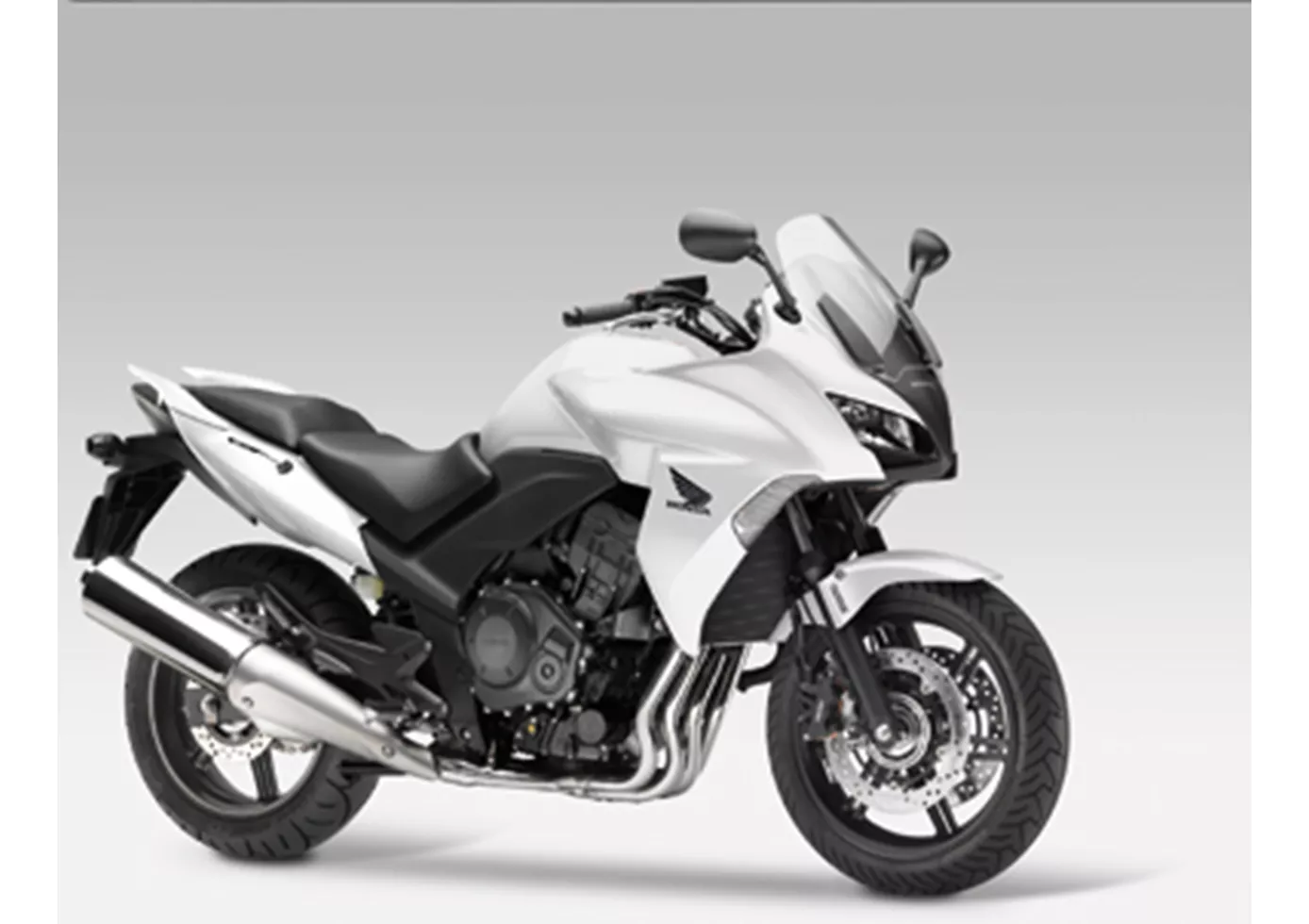
At Honda, the bigger one learns from the smaller one and manages to adopt its virtues. Powerful, economical, uncomplicated and safe. The CBF is a consumer motorbike with comprehensive qualities that lacks almost nothing - only a little more character would be nice.
Kawasaki Z1000SX 2014
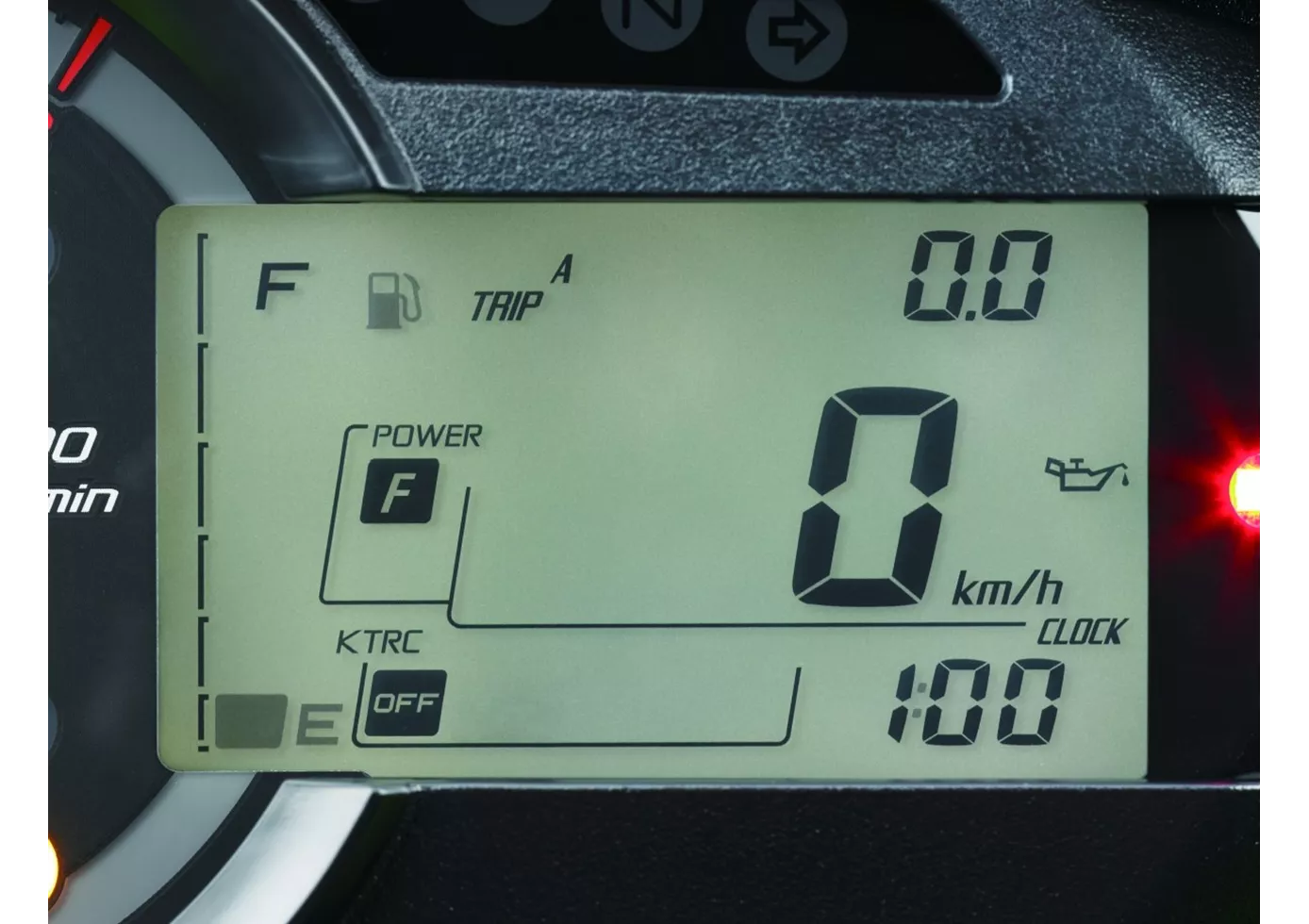
The Z 1000 SX is a great middle ground, indeed the optimal intersection between sport and touring motorbike. There are not many bikes that manage this so well.
Price Comparison Avarage Market Price Honda CBF 1000 F vs Kawasaki Z1000SX
There are a few key differences between a Honda CBF 1000 F 2010 and a Kawasaki Z1000SX 2014. In terms of price, the actual average price of a Kawasaki Z1000SX 2014 is about 52% higher. A Honda CBF 1000 F 2010 experiences a loss of 970 GBP in one year and 1,640 GBP in two years of ownership. This is offset by a loss of 200 GBP and 710 GBP for a Kawasaki Z1000SX 2014. Compared to Kawasaki Z1000SX 2014 there are less Honda CBF 1000 F 2010 bikes available on the 1000PS.de Marketplace, specifically 4 compared to 7. It takes less time to sell a Kawasaki Z1000SX with 74 days compared to 79 days for the Honda CBF 1000 F. Since model year 2010 1000PS.de editors have written 6 reviews for the Honda CBF 1000 F and 14 reviews for the Kawasaki Z1000SX since model year 2011. The first review for the Honda CBF 1000 F was published on 08/11/2009 and now has more than 16,800 views. This compares to more than 9,900 views for the first review on Kawasaki Z1000SX published on 05/10/2010.




















